In the remote hilly areas of Rangamati, Longdu farmers find themselves ensnared in the web of tobacco companies' enticements, leading to detrimental consequences for both their livelihoods and the environment. Despite the known hazards of tobacco cultivation, farmers are compelled to engage in it due to the lack of alternative support from the government.
Facing challenges in growing traditional crops like paddy that require substantial irrigation, farmers turn to tobacco cultivation as tobacco companies offer loans for low-irrigation crops. However, this practice not only deteriorates the land's fertility but also poses serious health risks to the farmers.
Many farmers acknowledge the harmful effects of tobacco cultivation, ranging from land degradation to respiratory ailments and even life-threatening diseases like cancer. Despite this awareness, the absence of viable alternatives leaves them with no choice but to continue cultivating tobacco.
Forest officials highlight the environmental impact of tobacco cultivation, noting the destruction of forests for fuel used in drying tobacco leaves. They emphasize the importance of promoting alternative crops to safeguard both land and forests.
ASM Mahabub ul Alam, Range Officer of Longdur Ultachari Forest Division, underscores the need for collective efforts from various government departments to dissuade farmers from tobacco cultivation. He stresses the importance of vocal advocacy to discourage this harmful practice.
Longdur Upazila Agriculture Officer Zahidul Islam emphasizes the role of incentives and support systems in steering farmers away from tobacco cultivation. He underscores the availability of resources to incentivize the adoption of alternative crops, provided agricultural loans or other forms of assistance are made accessible to farmers.
According to the agriculture department, tobacco cultivation covers approximately 50 hectares of land in Longadu upazila, although farmers suggest the actual extent is significantly larger. Urgent measures and concerted efforts are needed to provide farmers with viable alternatives and mitigate the adverse effects of tobacco cultivation on both farmers' well-being and the environment.



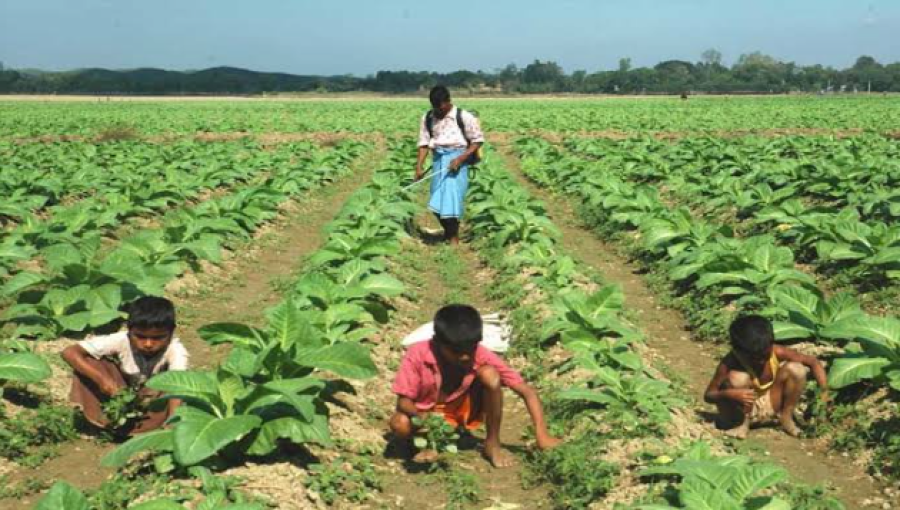

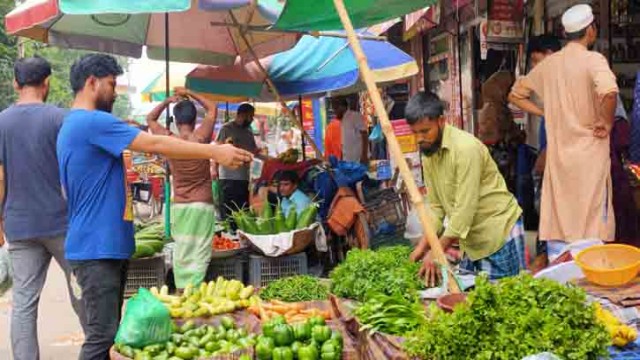
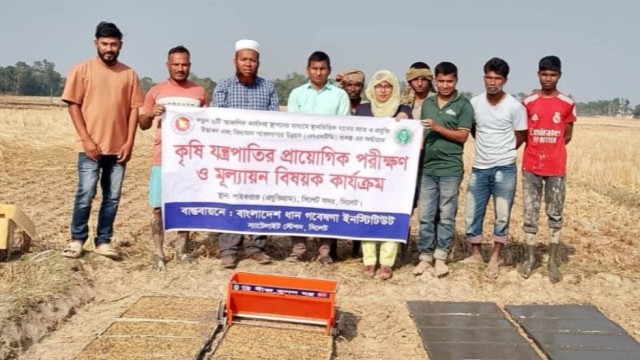
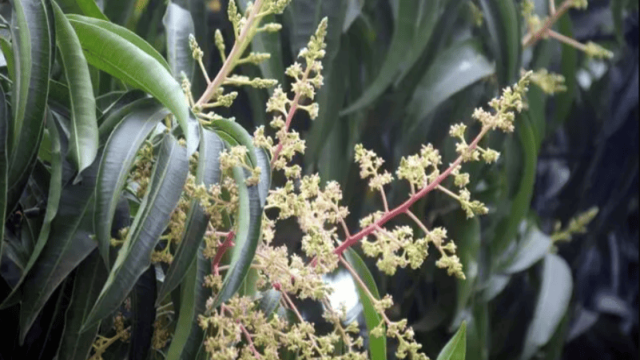

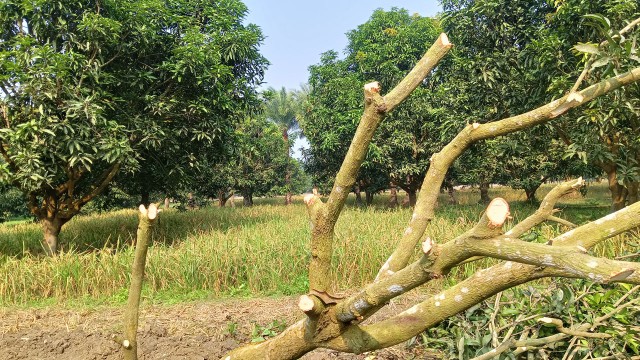
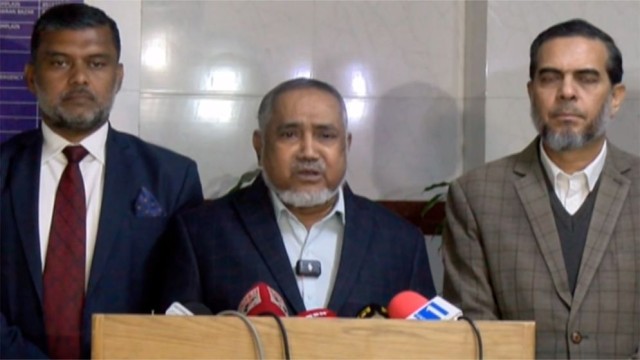











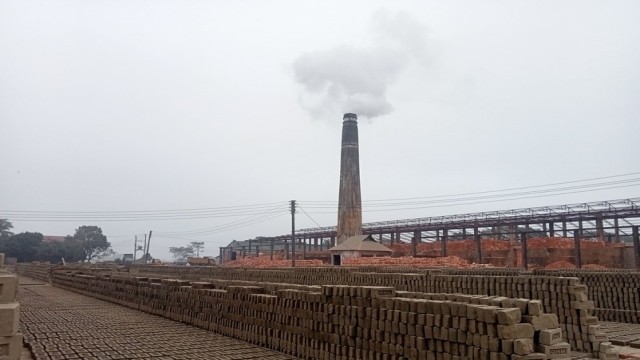

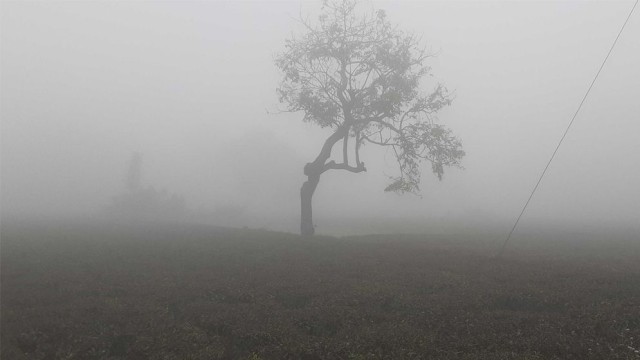

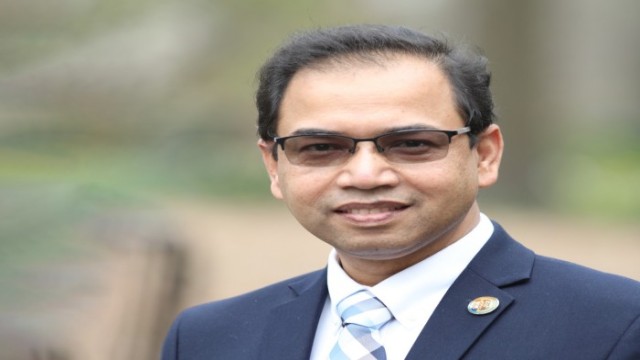


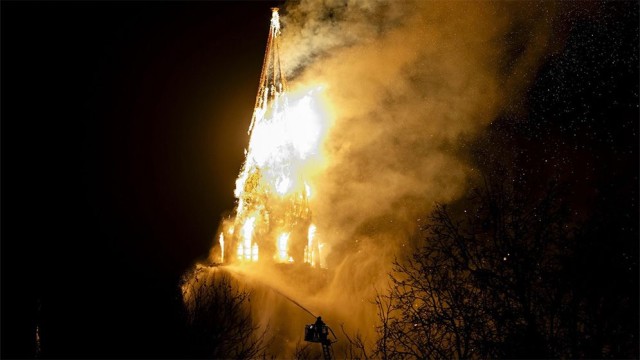

Comment: